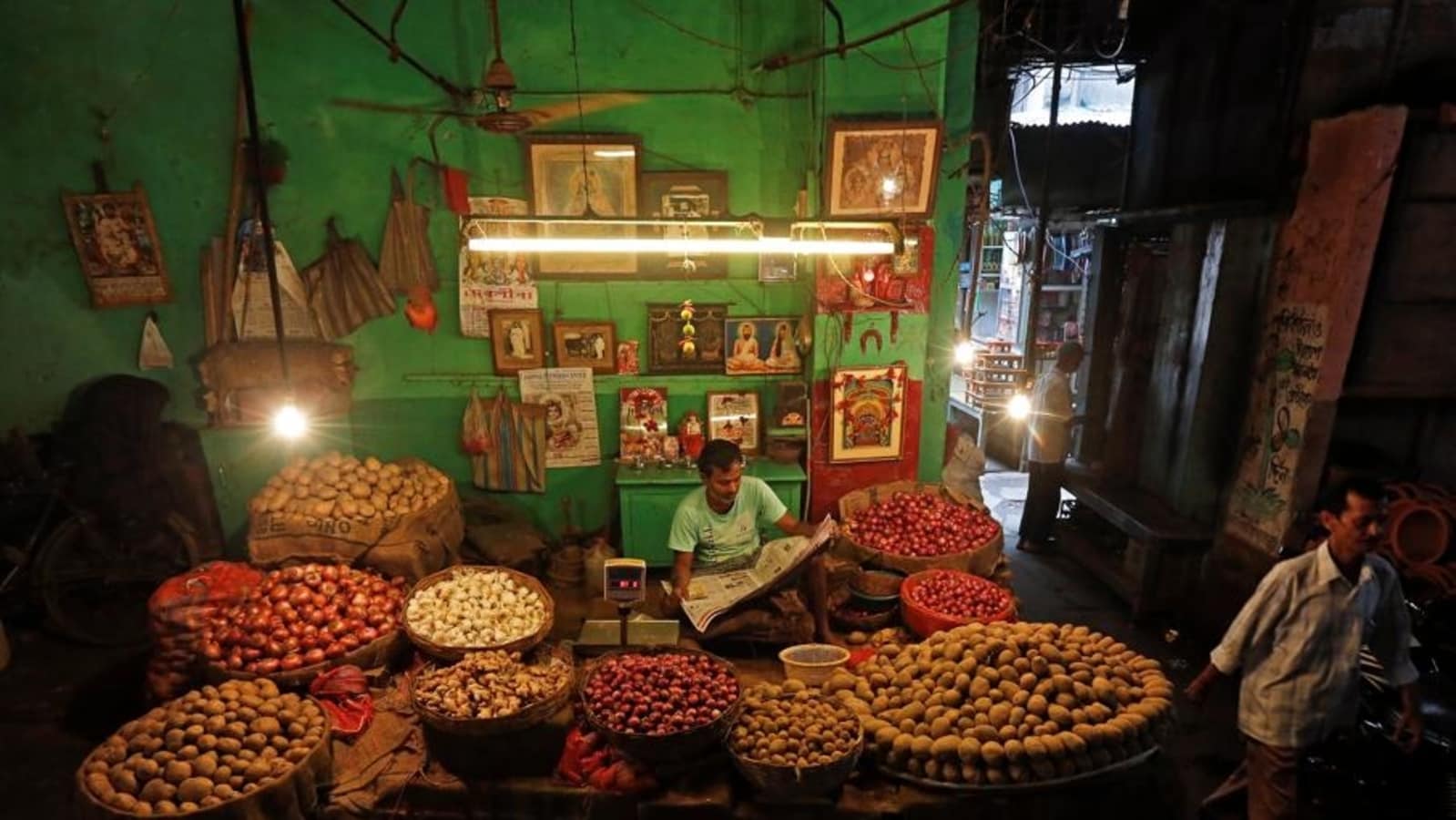According to market statistics from BigMint, domestic steel prices have fallen to a five-year low, trading between Rs 47,000 and Rs 48,000 per tonne, due to a number of factors, including rising imports.
In the wholesale market, rebar (TMT) is quoted between Rs 46,500 and Rs 47,000 per tonne, while hot rolled coil (HRC) is priced at about Rs 47,150 per tonne. The last time prices were this high was in 2020, during the pandemic downturn, when HRC was trading at Rs 46,000/tonne and rebar was at Rs 45,000/tonne.
Weak export demand, growing imports, and an oversupply in the worldwide market are the main causes of the current slump. Due to strong export pressure from nations like China, India’s steel exports have drastically decreased, but imports are still high despite a number of government initiatives. It is concerning that prices are declining, but imports are increasing because incoming cargoes are growing in spite of various government initiatives.
Taking note of the circumstances, the Ministry of Steel has scheduled a “open house” in the nation’s capital on October 27 to talk with industry stakeholders about concerns pertaining to steel imports. Steel imports have increased, according to the Reserve Bank of India (RBI), primarily due to decreased import costs. Additionally, it has advocated for policy support to increase domestic steel production.
India became a net importer of steel for the sixth consecutive month in September 2025, importing 0.79 million tonnes (MT) of completed steel, up from 0.69 MT in August. In comparison to September 2024, imports from China, Japan, Vietnam, Thailand, and Taiwan decreased, while imports from Korea, Russia, and Indonesia rose.
India continued to be a net importer in H1 FY26, with imported shipments 0.47 MT more than exports. This is even though export quantities increased by 40% to 4.43 MT. It’s interesting to note that raw material costs have not decreased in tandem with the sharp drop in final steel pricing.
Coking coal is trading close to $205/tonne CFR (cost and freight), a one-month low, and iron ore prices are also relatively constant at about Rs 4,800–5,000/tonne, a one-year low. Given high input prices and inadequate realizations, BigMint predicts that mill margins will be under pressure from October to December.
It further stated that although additional corrections may lead to production cuts in the upcoming months, huge stockpiles, weak demand, and seasonal weakness are projected to keep steel prices muted in the near term.

